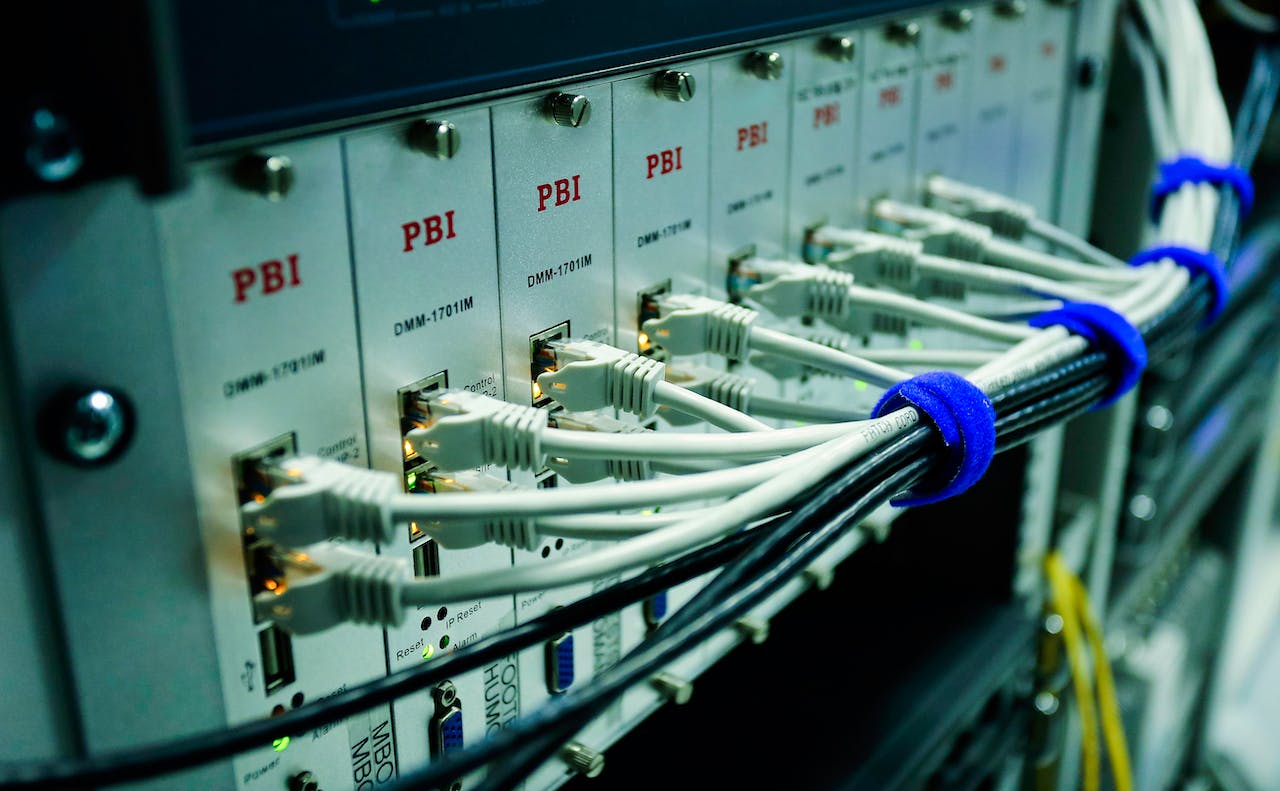Last update at :2024-01-18,Edit by888u
Gtop is a system monitoring dashboard for terminal with a rich graphical display interface. Compared with top and htop, gtop does a better job in graphical display. This article first compares top and htop, and then introduces how to install and start using gtop on a Linux system. We have only recently seen gtop, and it seems very high-end, so let’s install it and test it.
Gtop introduction and comparison Top
1. What is gtop?
Gtop is a graphical system monitoring dashboard for terminals. Gtop displays your system's memory, CPU, and disk usage at a glance in an easy-to-read visual layout. In addition to this information, a list of running processes can be obtained with statistics on their CPU and memory consumption.
2. Gtop and htop
Gtop builds on htop's precedent and aims to be a more interactive and graphical version of top. Top is a command included by default on most Unix systems for viewing running processes and system usage information.
Htop adds vertical and horizontal scrolling, mouse input, more information about processes, and other features.
Reference: "How to install htop on CentOS / Ubuntu VPS and check CPU usage tutorial".
Gtop Unlike htop, which still focuses on listing processes, gtop attempts to provide an almost entirely graphical representation of system usage information. Using gtop, you can get various charts in widgets that break down monitoring into visual parts. Gtop uses unique colors in its display, which also makes it more readable.
Look at the screenshots below, which compare the display of top, htop, and gtop.
More introduction: https://github.com/aksakalli/gtop
Gtop vs Htop vs Top comparison
The interface comparison of these three tools is given below, so you can feel it intuitively first.
1.gtop
2. htop
3.top
How to install gtop
In order to install gtop, we need to install the Node Package Manager (npm). Here's how to install npm using Node Version Manager (nvm), and how to install gtop.
1. Install nvm, and then use it to install the current version of Node (including npm). If you need a newer version, you can check out the nvm installation guide and replace v0.38.0 below with the latest version in the guide.
curl -o- https://raw.githubusercontent.com/nvm-sh/nvm/v0.38.0/install.sh | bash source ~/.bashrc nvm install nodeUse the –version option to verify successful installation.
npm --version 7.21.02. Use npm to install gtop. Use the -g option to install gtop as a global system package.
npm install gtop -gThe installation is now complete.
How to use gtop
One advantage of gtop is that, although it has a graphical display, it is a straightforward system monitoring application. When you run gtop, it immediately begins displaying system usage and process information. The usage is very simple, enter the following command:
gtopThe following are the specific contents of the components or widgets displayed by gtop.
- CPU History displays a graph of CPU usage over the past minute. Each line on the chart represents one of the system's CPU cores. Additionally, the right side of the widget includes the current usage percentage for each CPU.
- Memory and Swap History provides the same graphics information, but for the system's physical and swap memory.
- Memory and Swap (Memory and Swap widgets) display the current usage percentage of physical memory and swap memory respectively.
- Network History displays information related to network traffic, including a chart of bytes per second received over the past minute.
- Disk Usage displays the current percentage of disk usage on the system.
- Processes provides a simplified version of the list of processes that can be obtained from the top command.
Gtop has limited interaction options, we can use the up and down arrow keys to browse the process table (Processes). You can also control the sort order of the table. Press p to sort by PID (process ID), c to sort by CPU usage, and m to sort by memory usage.
Banwagonhost novice tutorials and discount packages
Warm reminder: If you have difficulty choosing, just choose the CN2 GIA-E plan in the middle. The quarterly payment is $49.99, and you can switch between up to 12 computer rooms at will.| CN2 (cheapest) | 1GB | 1 core | 20GB | 1TB | 1Gbps | DC3 CN2 DC8 ZNET | $49.99/year | Buy |
| CN2 | 2GB | 1 core | 40GB | 2TB | 1Gbps | $52.99/half year $99.99/year | Buy | |
| CN2 GIA-E (Most recommended) | 1GB | 2 cores | 20GB | 1TB | 2.5Gbps | DC6 CN2 GIA-E DC9 CN2 GIA Japan SoftBank JPOS_1 China Unicom Netherlands EUNL_9 | $49.99/quarter $169.99/year | Buy |
| CN2 GIA-E | 2GB | 3 core | 40GB | 2TB | 2.5Gbps | $89.99/quarter $299.99/year | Buy | |
| HK | 2GB | 2 cores | 40GB | 0.5TB | 1Gbps | Hong Kong CN2 GIA | $89.99/month $899.99/year | Buy |
| HK | 4GB | 4 core | 80GB | 1TB | 1Gbps | $155.99/month $1559.99/year | Buy |
Recommended site searches: website domain name ip address query, ip proxy, US virtual host, Hong Kong virtual host space, expired domain name query, foreign space service provider, domain name resolution query, Ministry of Industry and Information Technology website registration system virtual host application, independent ip host ,








发表评论